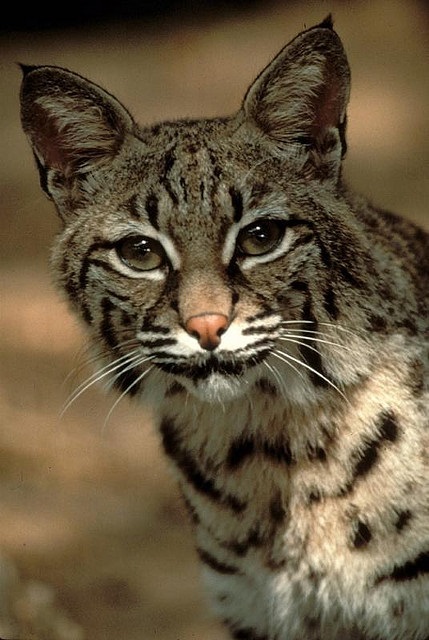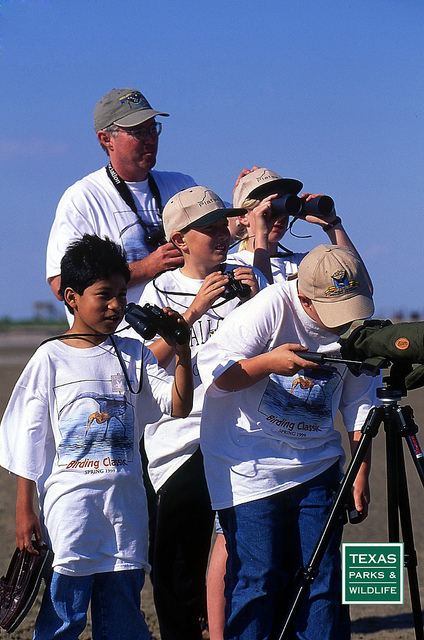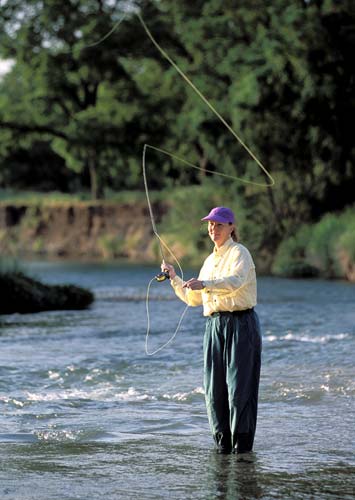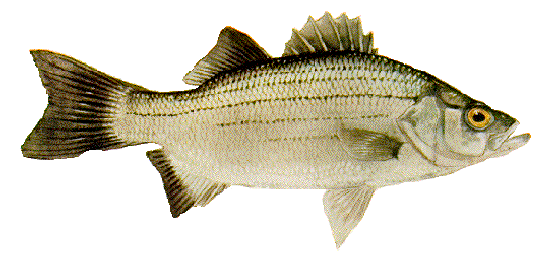TPW TV: Wild Kitties in the City
Friday, January 16th, 2015
This is Passport to Texas
Bobcats don’t fit the description of “city slicker.” Yet, in a new Texas Parks and Wildlife PBS TV segment airing next week, you’ll discover these felines are becoming a common site in the Dallas-Fort Worth area.
04—The allure of cats and their strength and their stealth – they’re pretty fascinating.
Graduate student, Julie Golla, works with Texas Parks and Wildlife to examine how bobcats move in a city. She’s trying to understand the way they use available habitat in an urban setting to make a living. But first she has to trap them.
10—I thought we were going to have a hard time finding cats to catch in these really urban spots; but there’s no shortage of bobcats, and I think people will be surprised.
Once trapped, a team gathers, and they sedate the animals, take their vitals, and collect other data
15—You want to get good, solid information, because this is a lot of work that goes into every bobcat we catch. It’s always stressful doing this because you take the animal’s well-being into your hands when you work with them like this. But, we did everything right and everything went really well. He’s doing great right now.
The wild cat gets a GPS tracking collar before release.
Watch Julie Golla and Texas Parks and Wildlife Wildlife biologists trap and track bobcats in the Dallas-Fort Worth area this week on the Texas Parks and Wildlife PBS TV show.
The Wildlife and Sport Fish Restoration program supports our series, and is funded by your purchase of fishing and hunting equipment and motor boat fuel…
For Texas Parks and Wildlife…I’m Cecilia Nasti.







 Passport to Texas is a
Passport to Texas is a  Passport to Texas is made available by:
Passport to Texas is made available by: